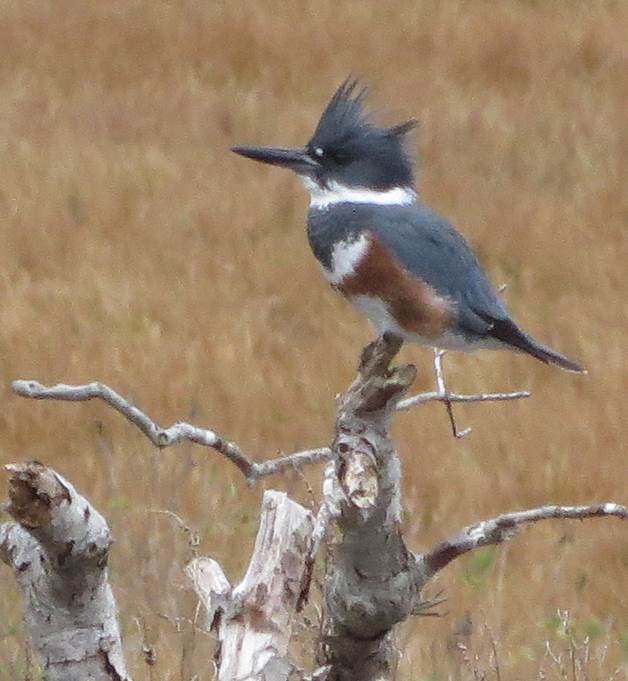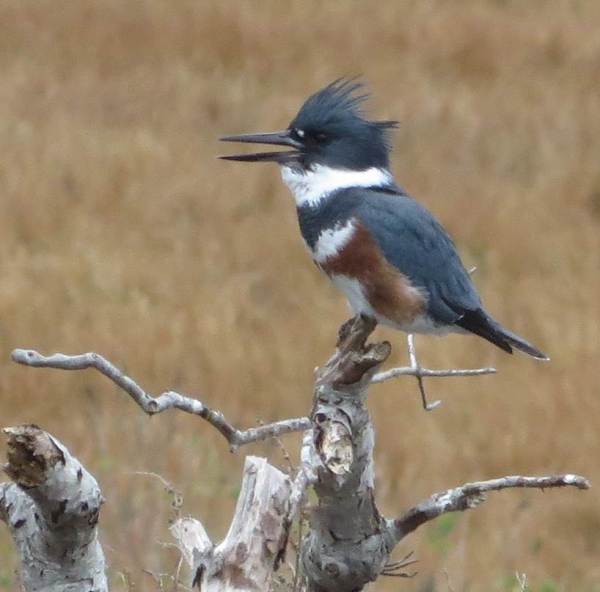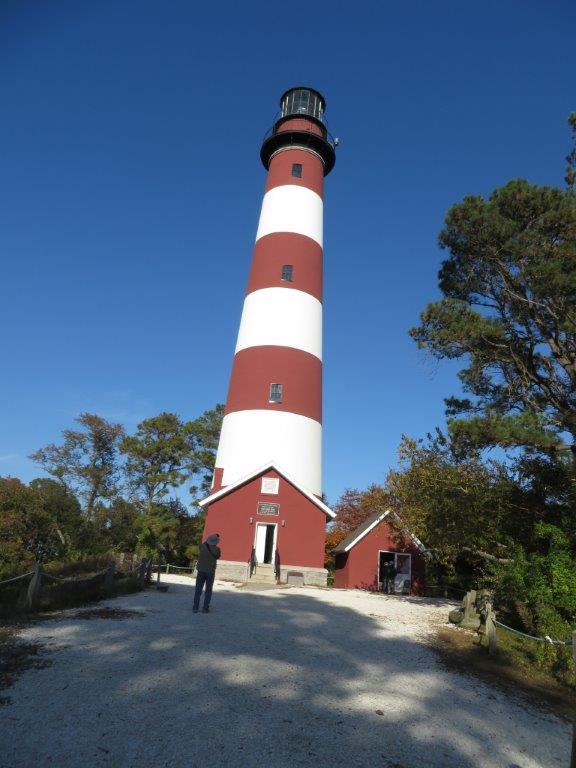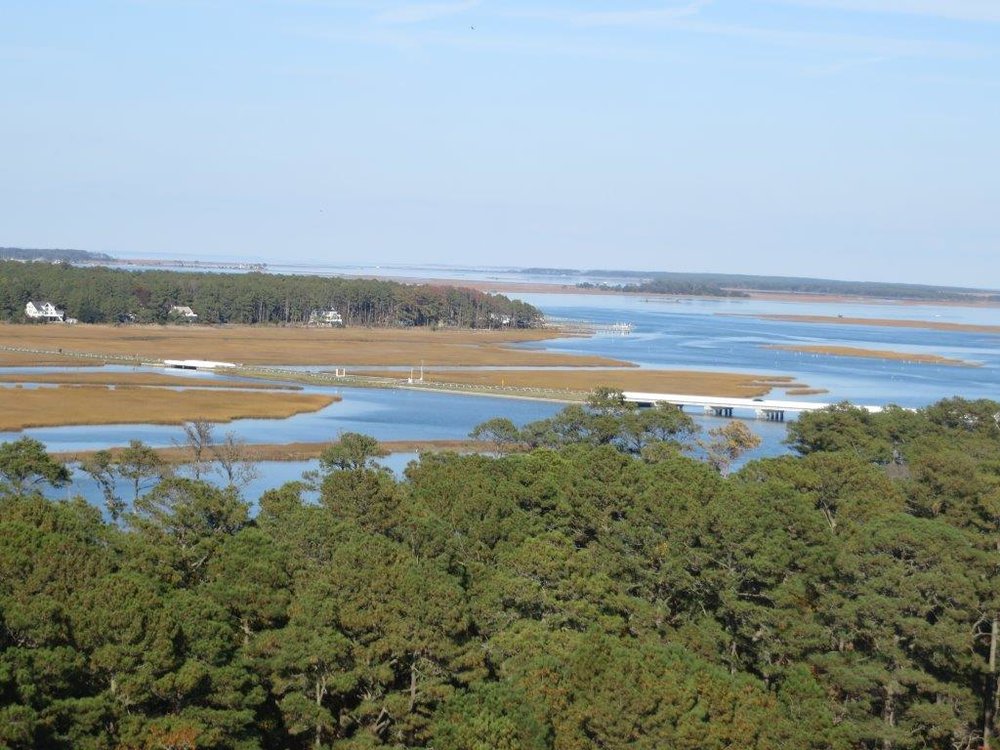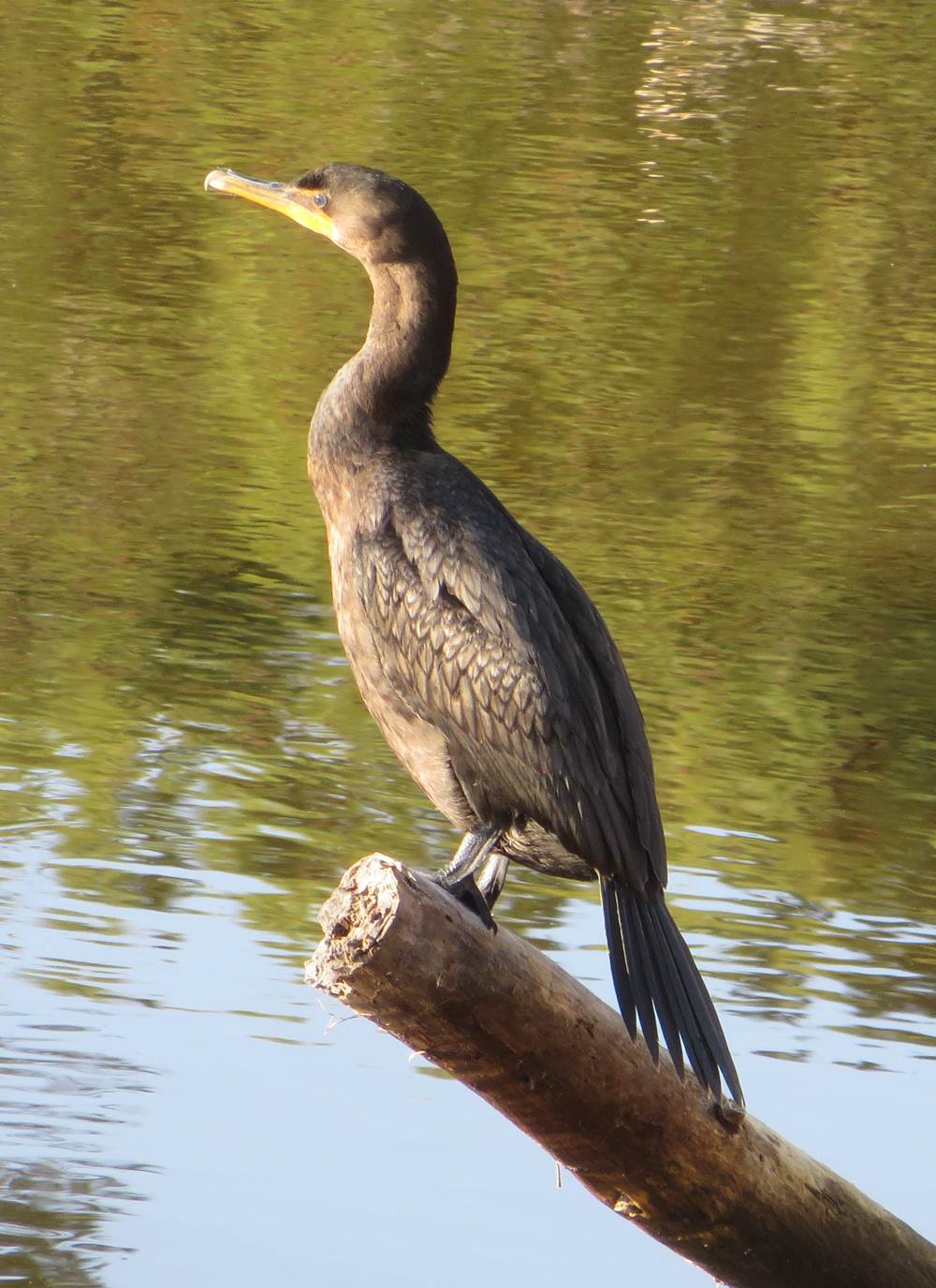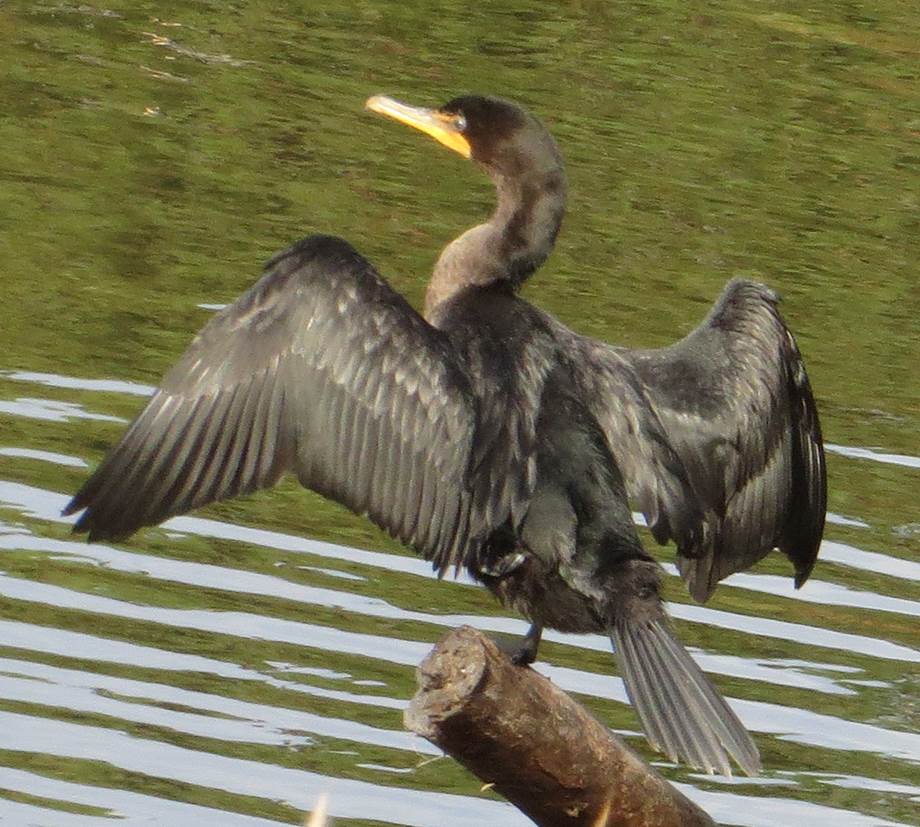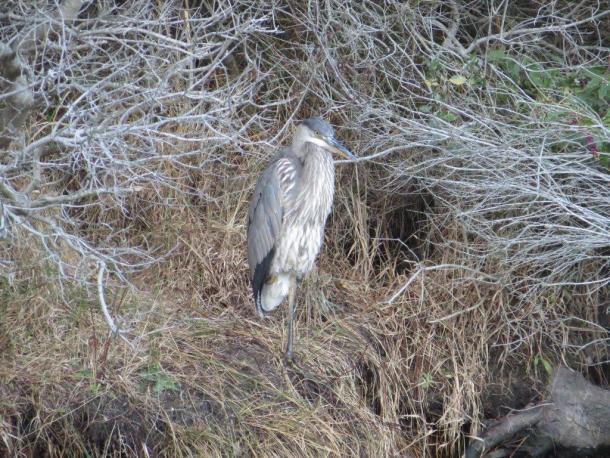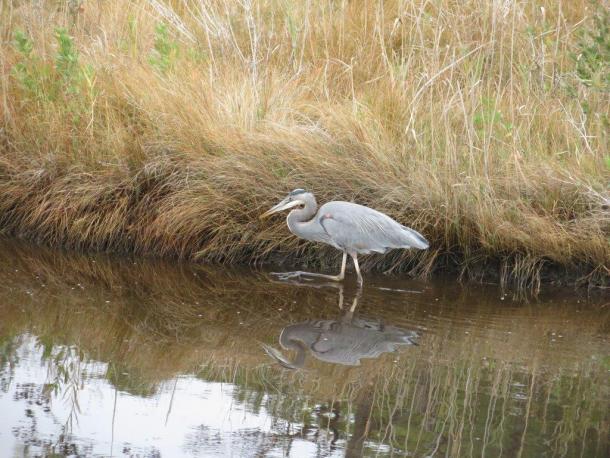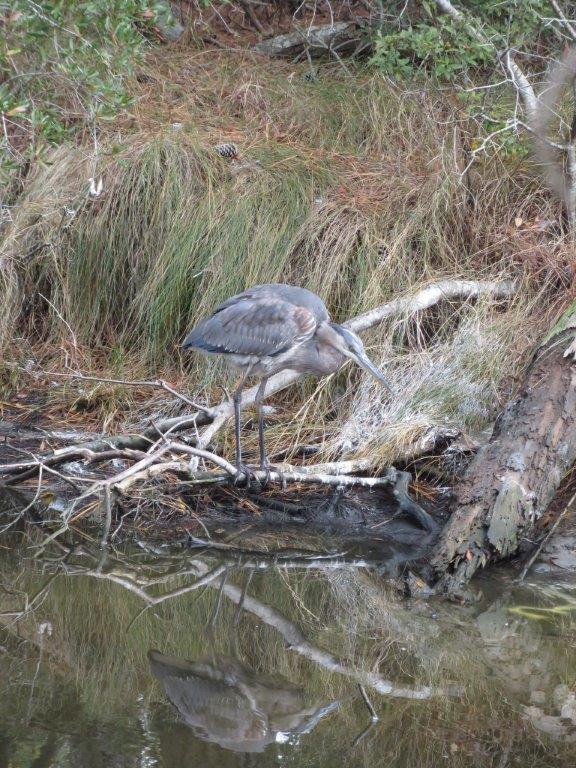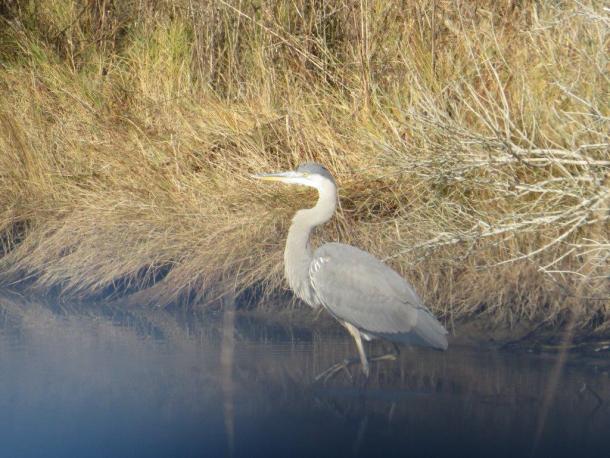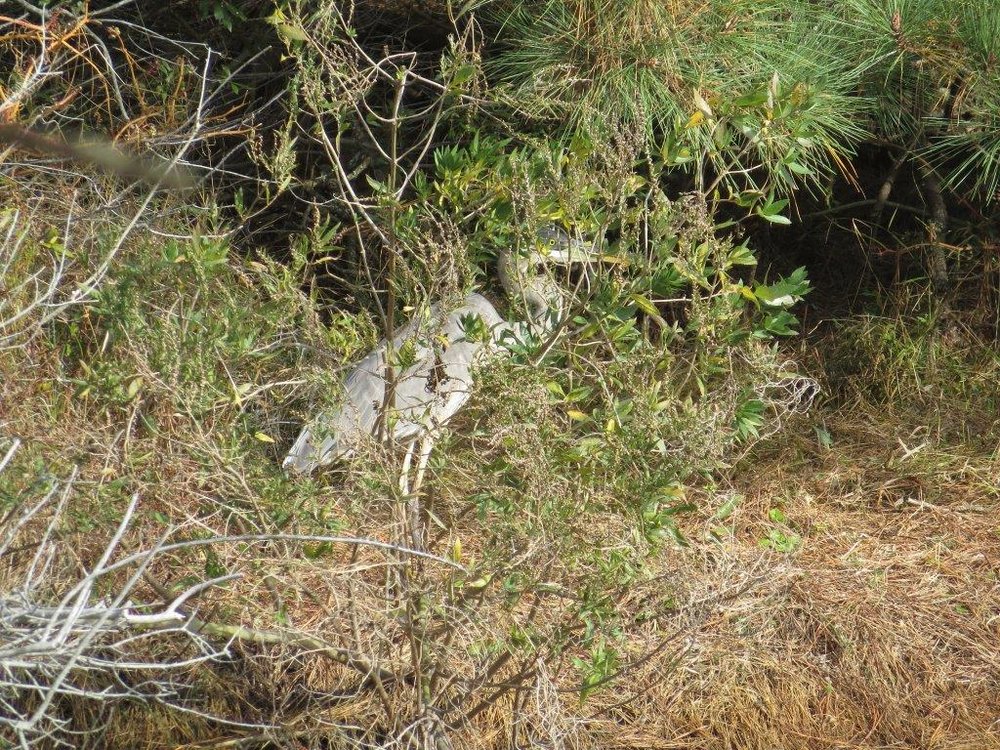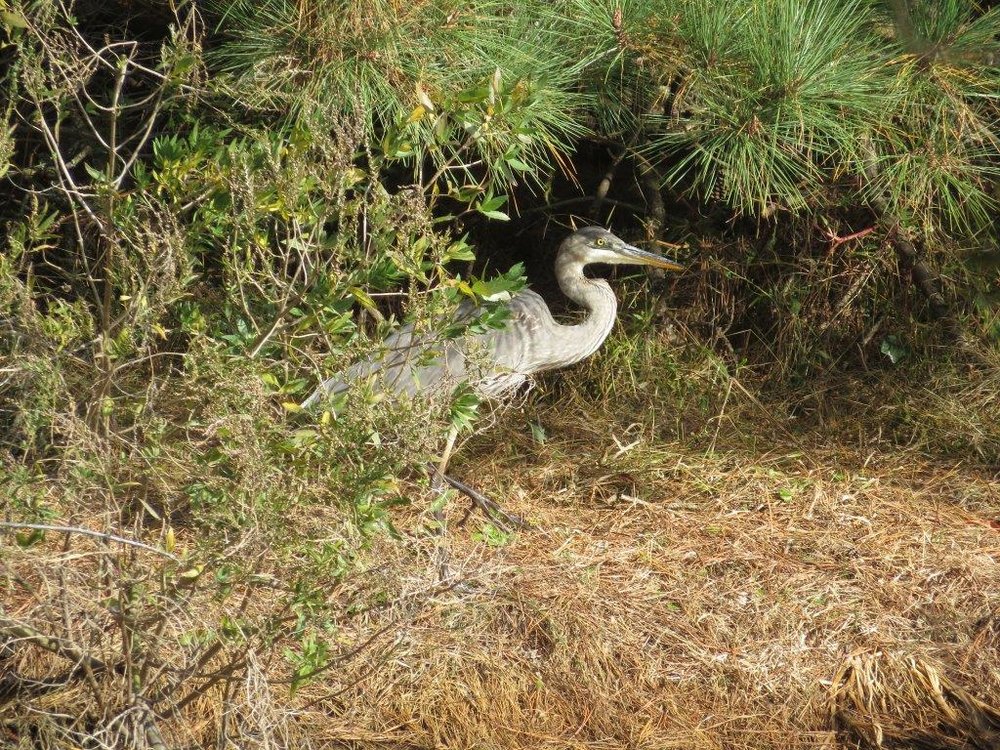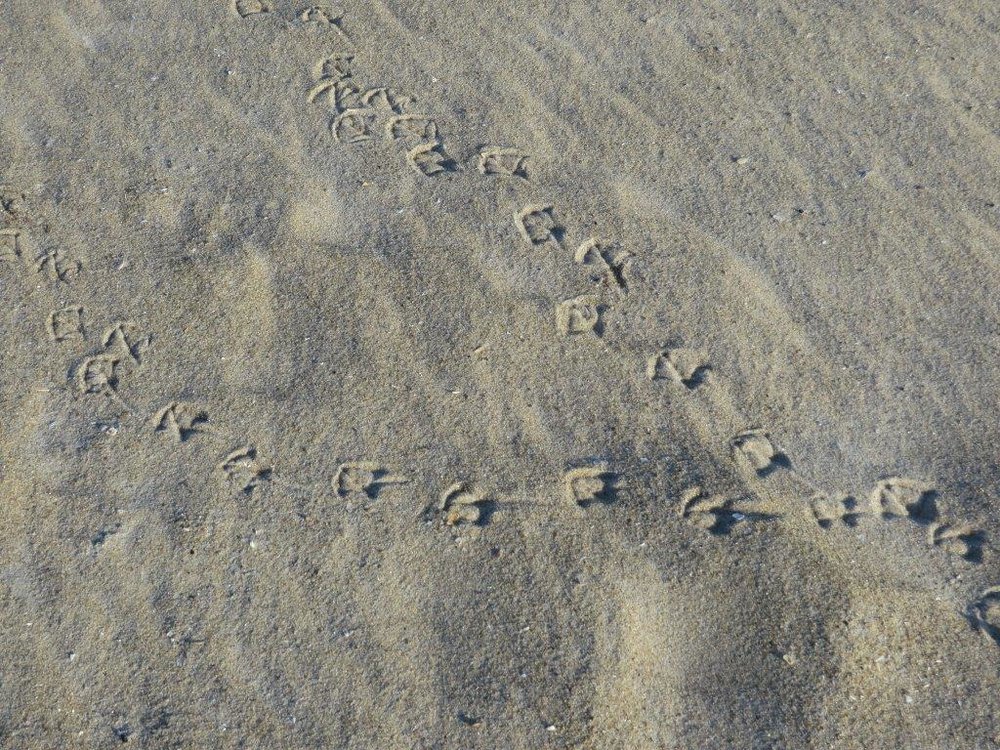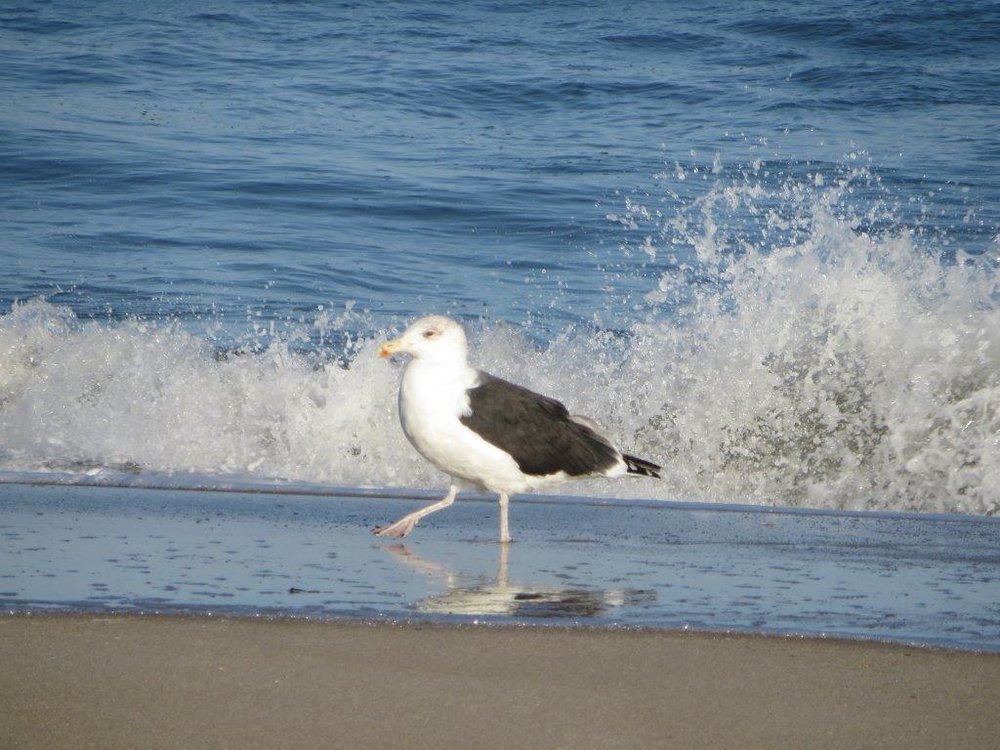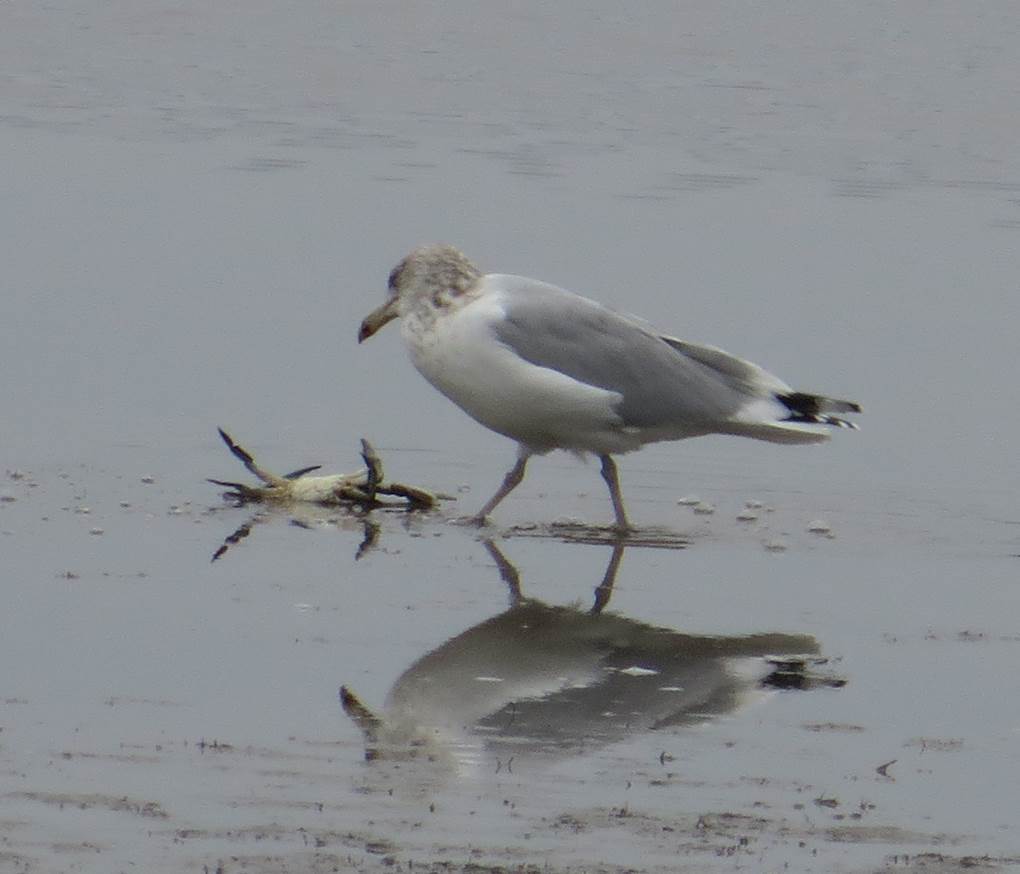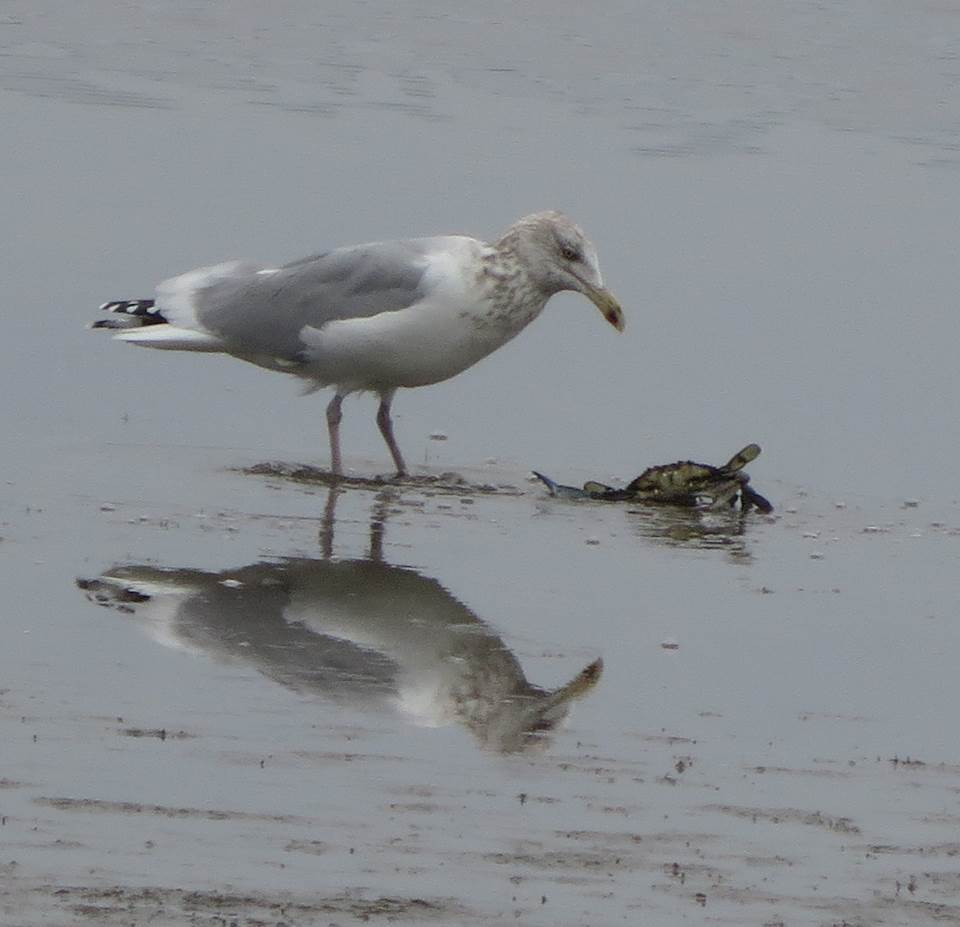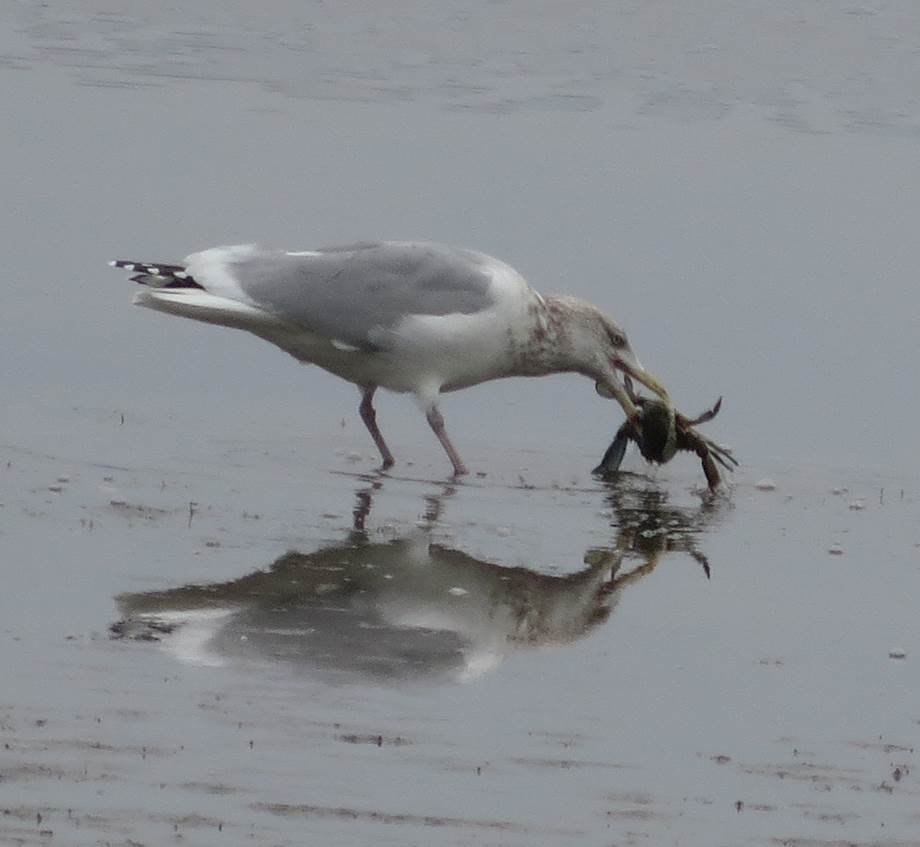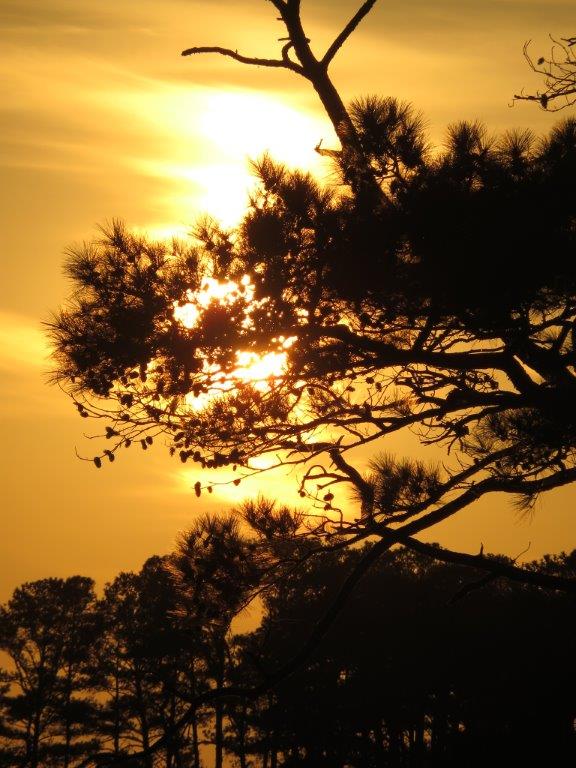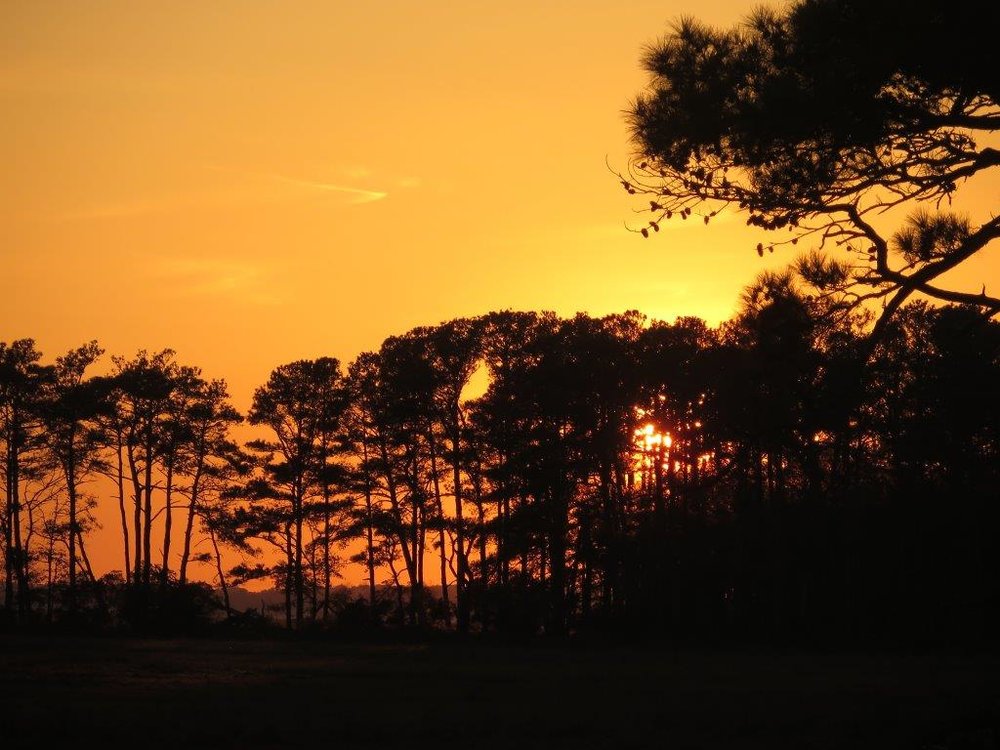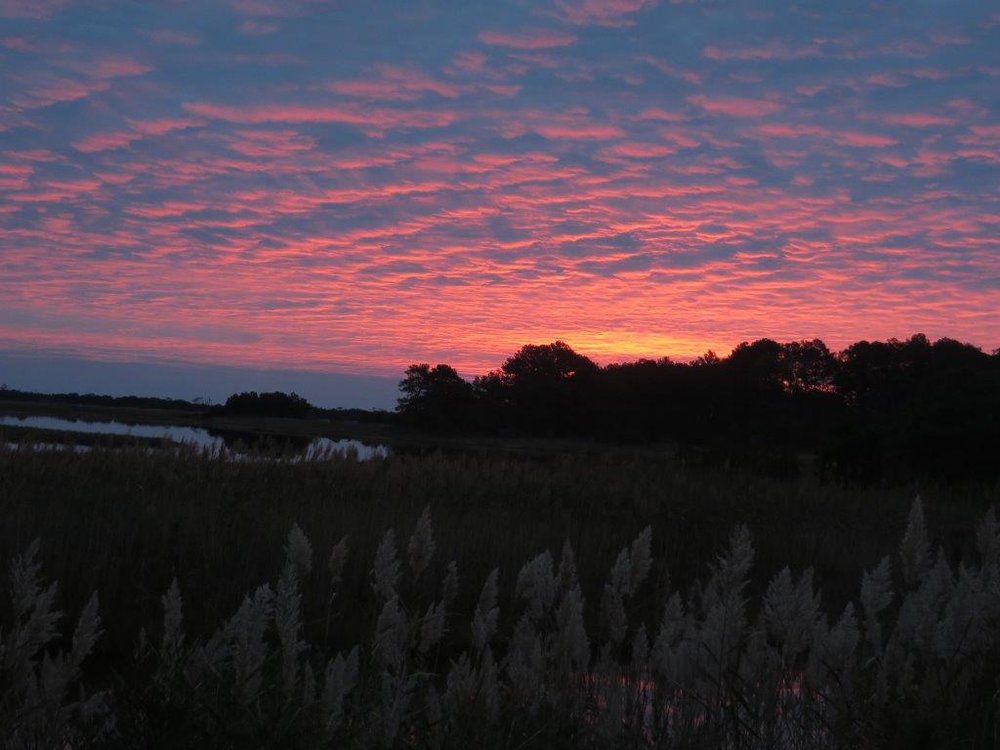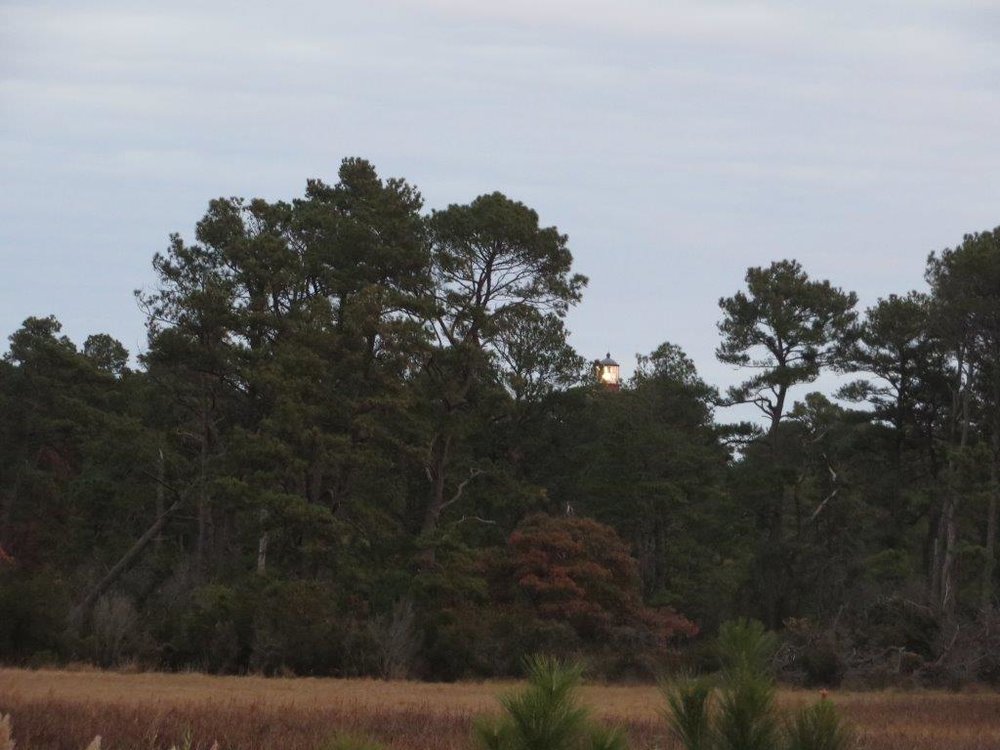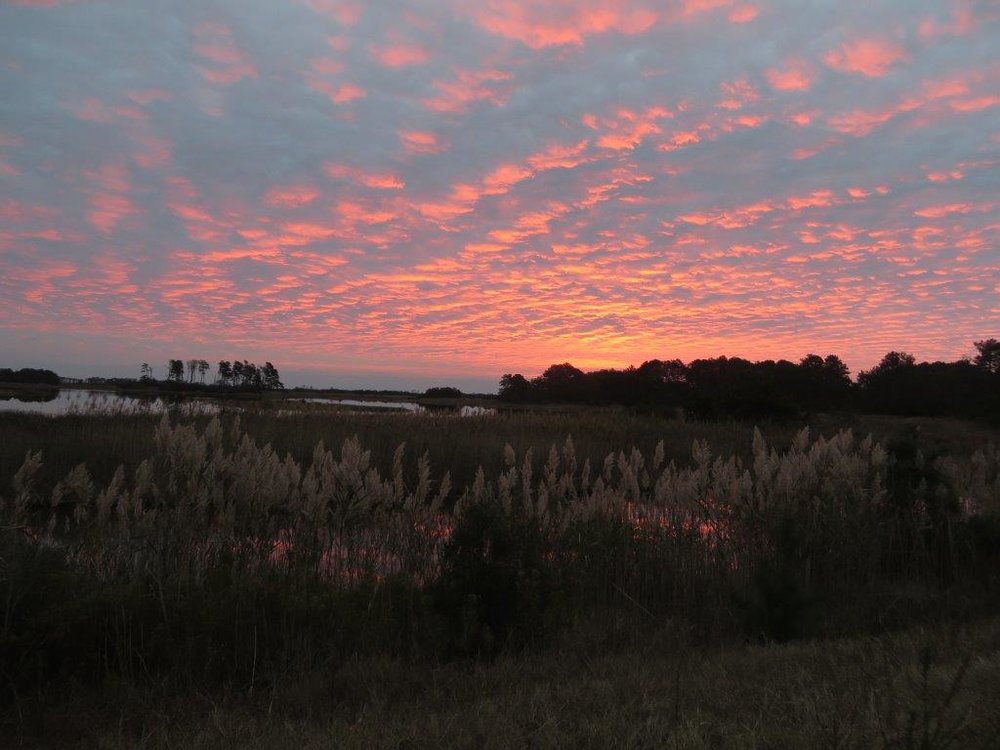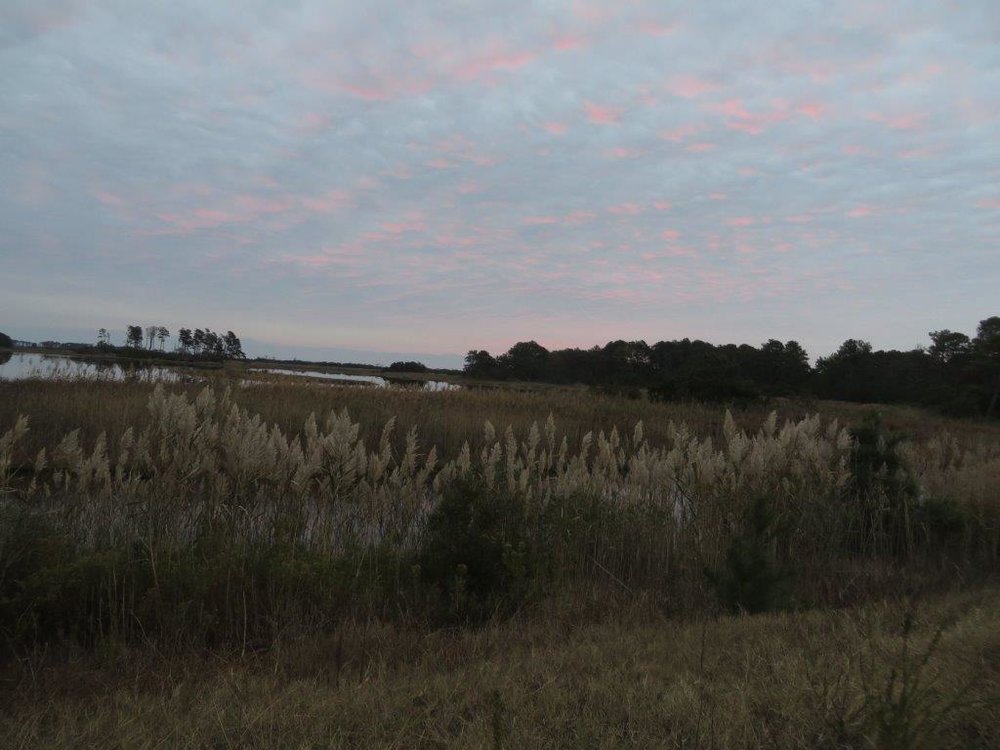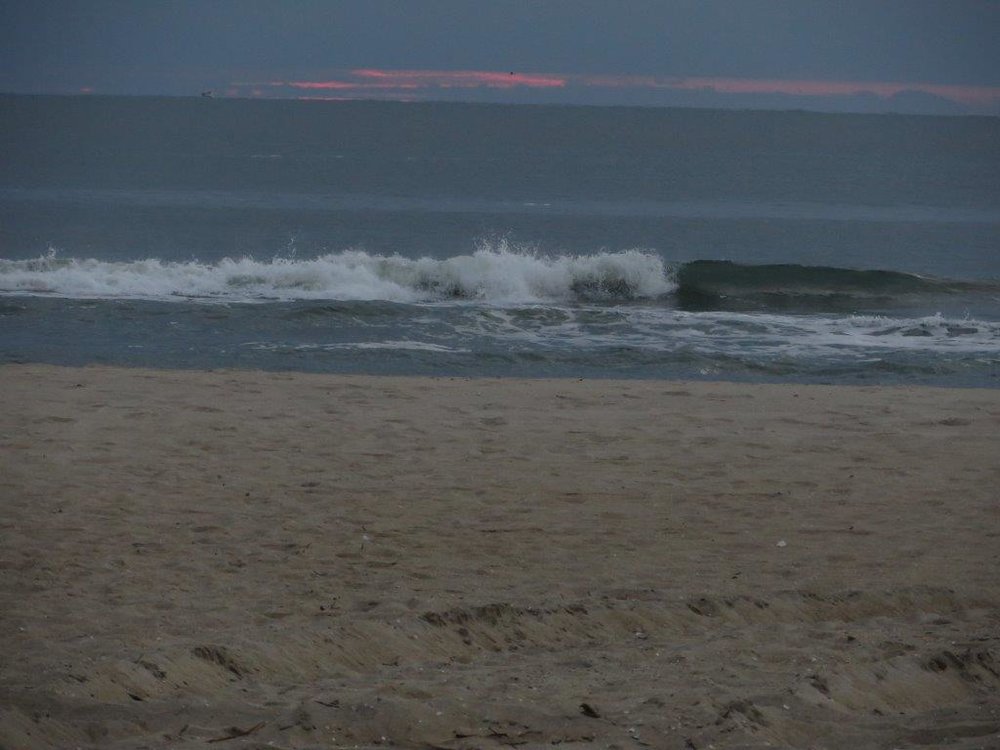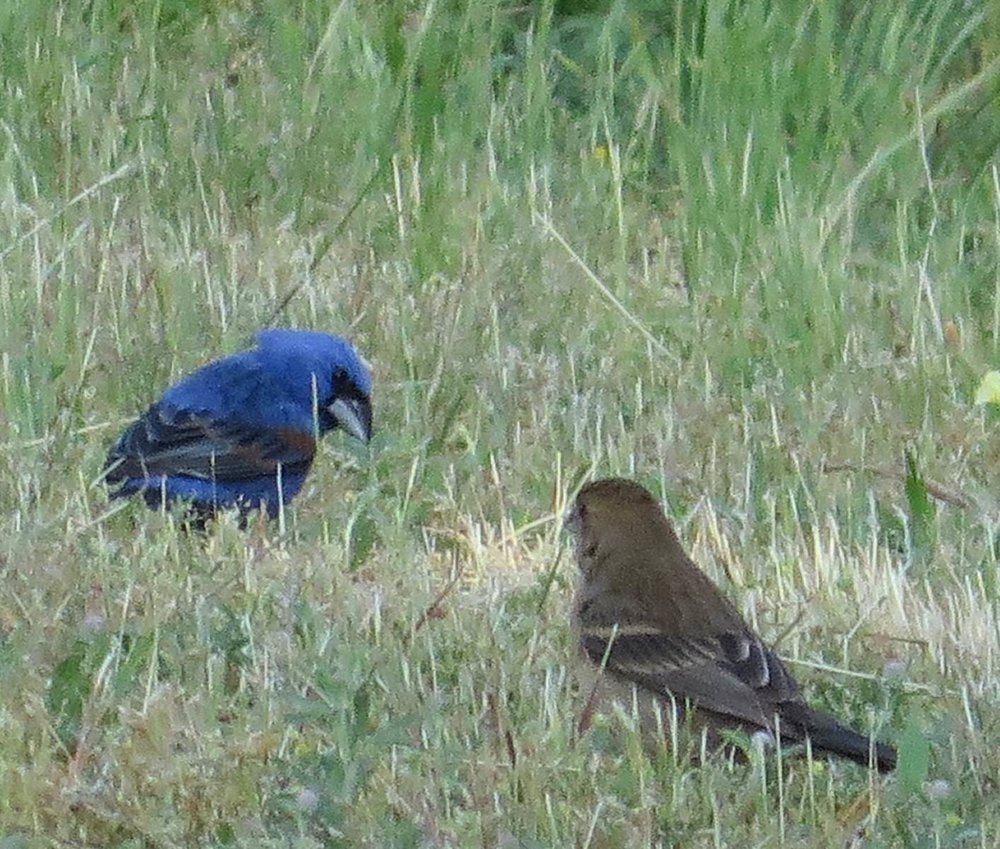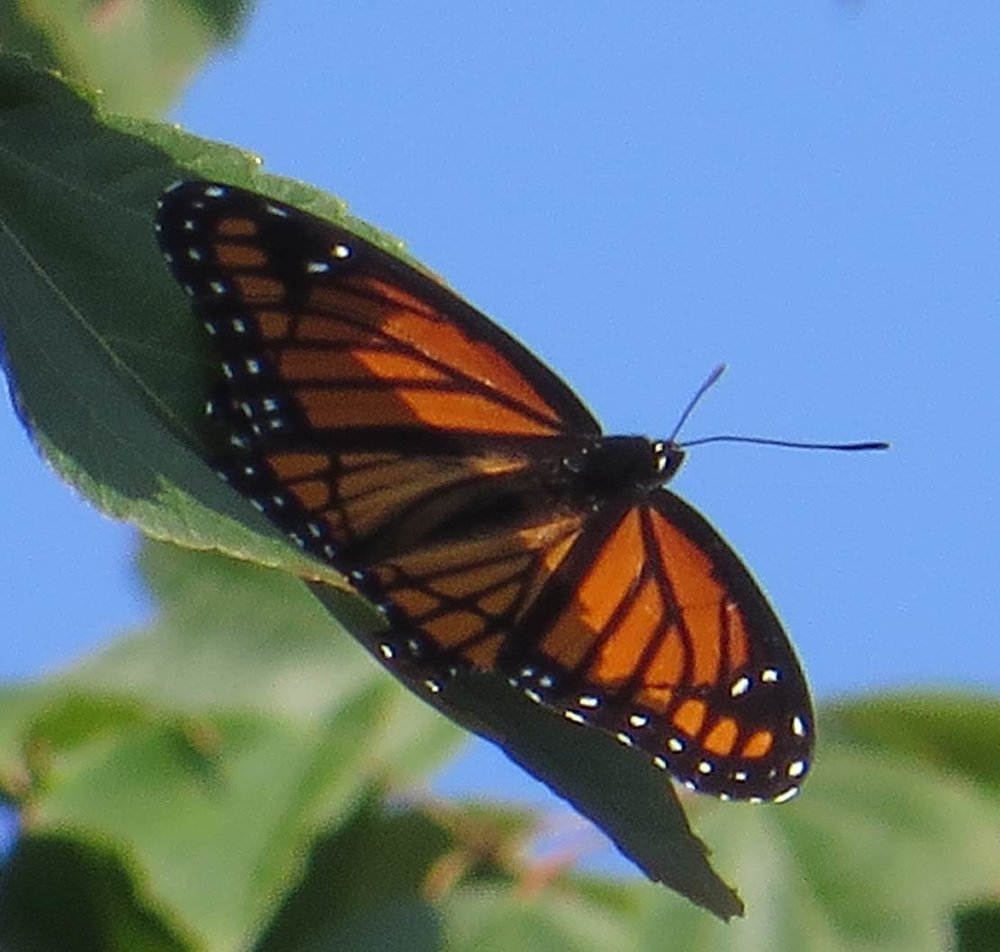Chincoteague Egrets
/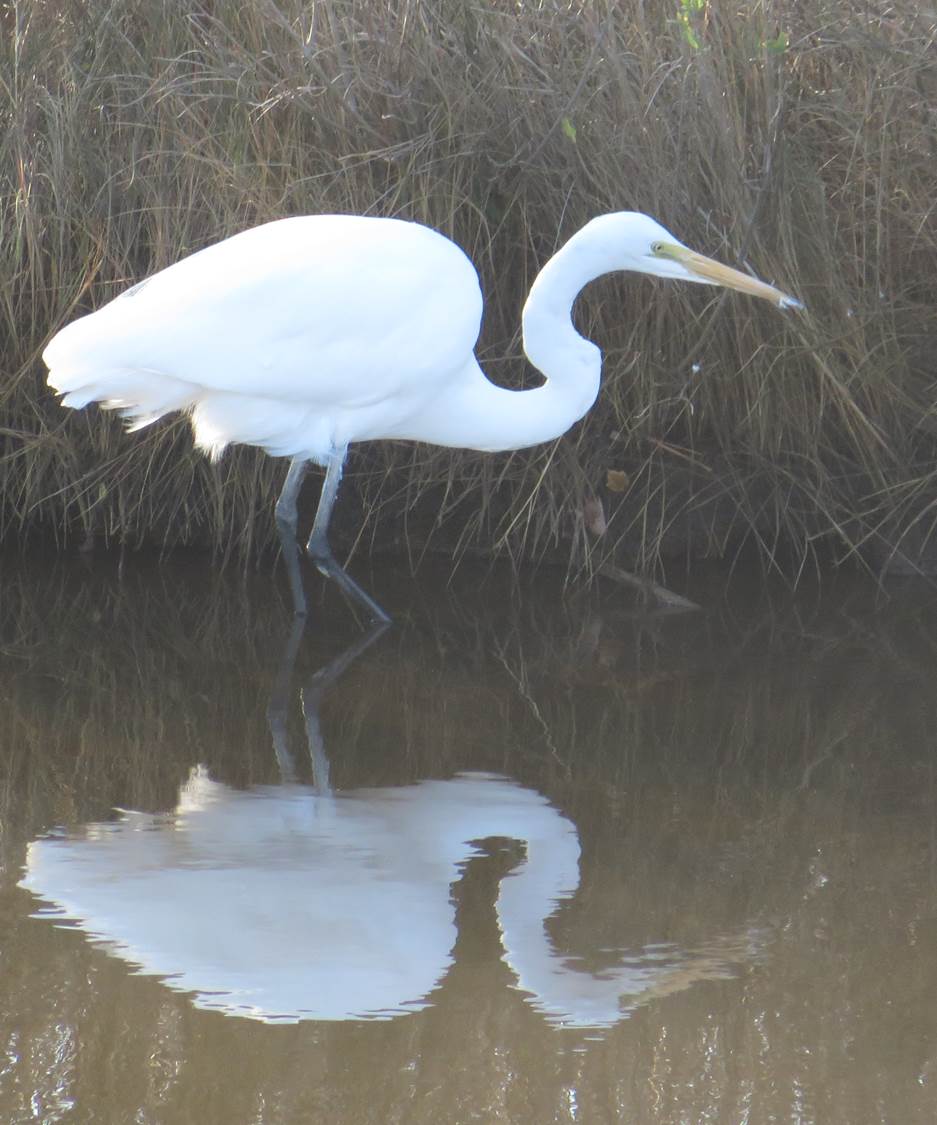 This is the last post about our weekend trip to Chincoteague back in November. I enjoyed photographing the egrets too much to not include a post about them. They were not as plentiful as the Great Blue Herons or cormorants. The yellow bill and dark legs distinguish the birds as Great Egrets.
This is the last post about our weekend trip to Chincoteague back in November. I enjoyed photographing the egrets too much to not include a post about them. They were not as plentiful as the Great Blue Herons or cormorants. The yellow bill and dark legs distinguish the birds as Great Egrets.
It was a very cold day but evidently the fishing was still good. Most of the birds were standing in water - or at the edge of the water - actively looking for their next meal.
Look at those long toes! The angle of the light shows how fluffed the birds feathers are against the cold.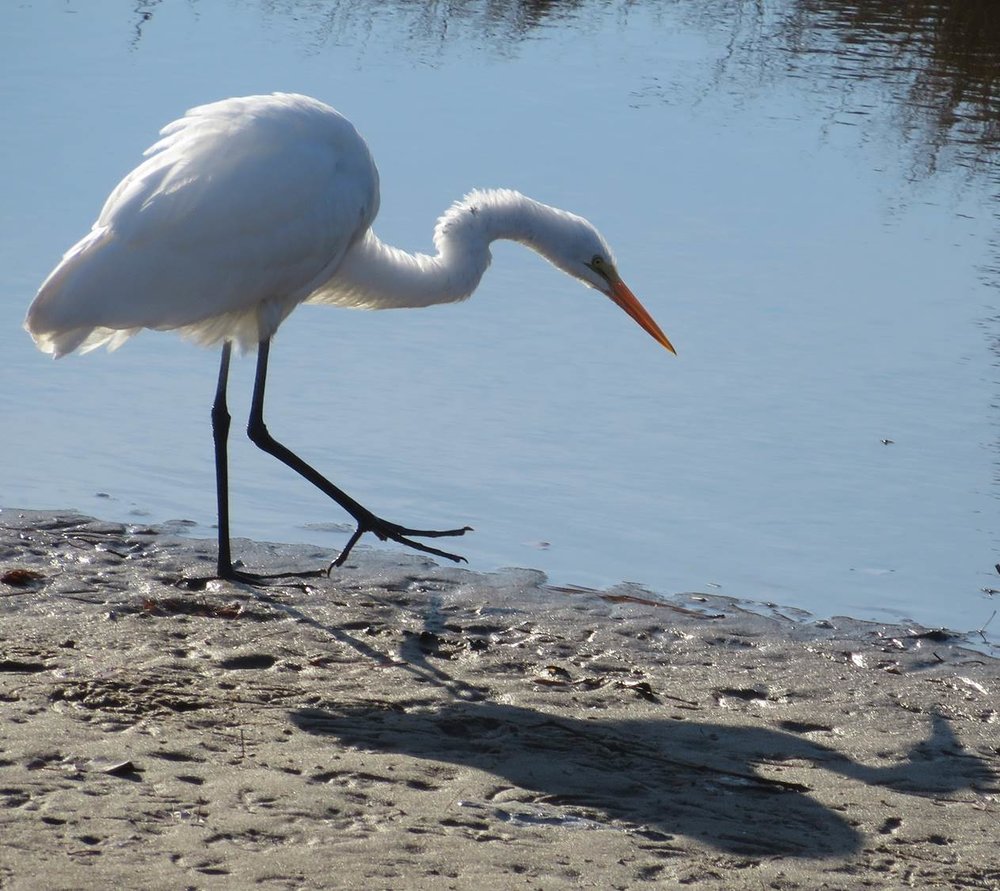
This one has fluffed feathers too - and that primordial looking kink in the neck that egrets and herons share.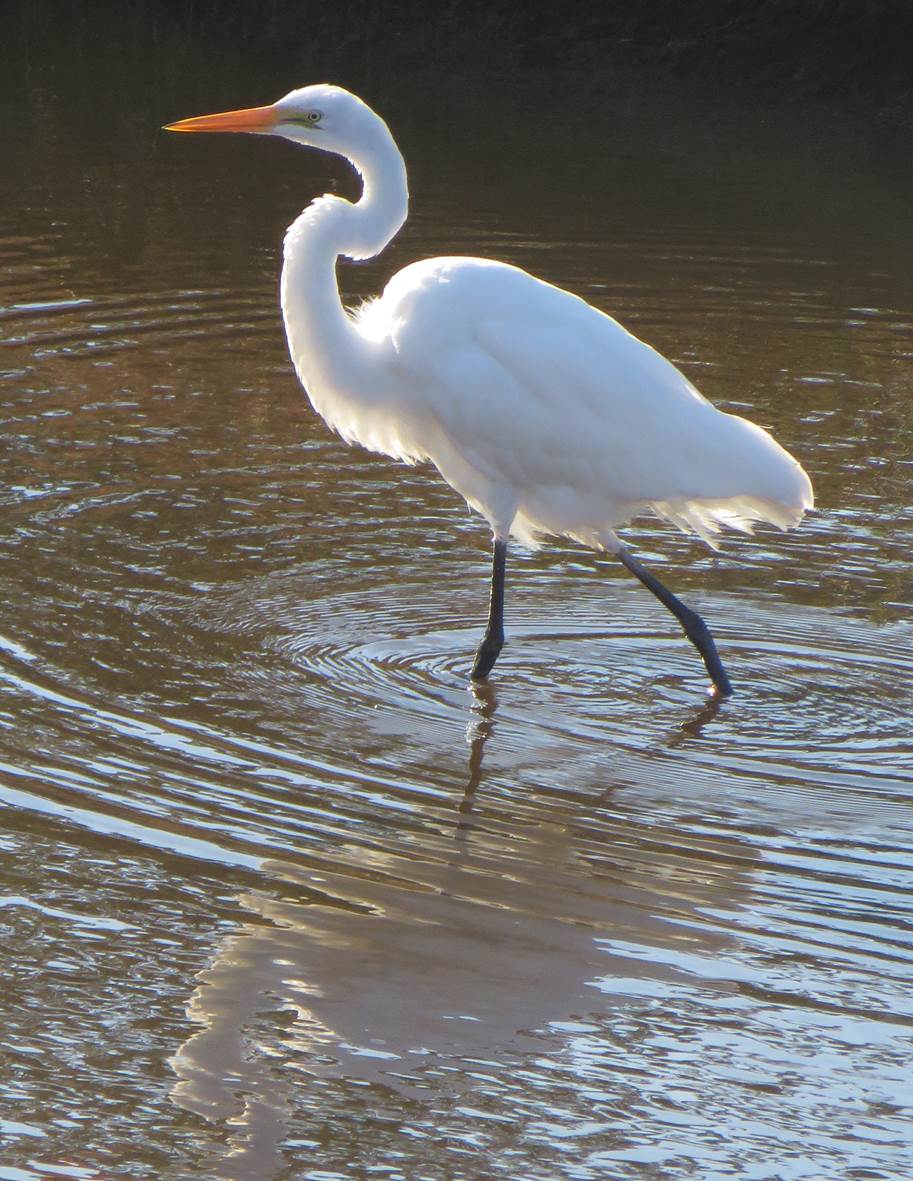
Most of the bits they caught were quite small.
This scene with the mallard and two egrets speaks of communication between species - but what exactly are they communicating?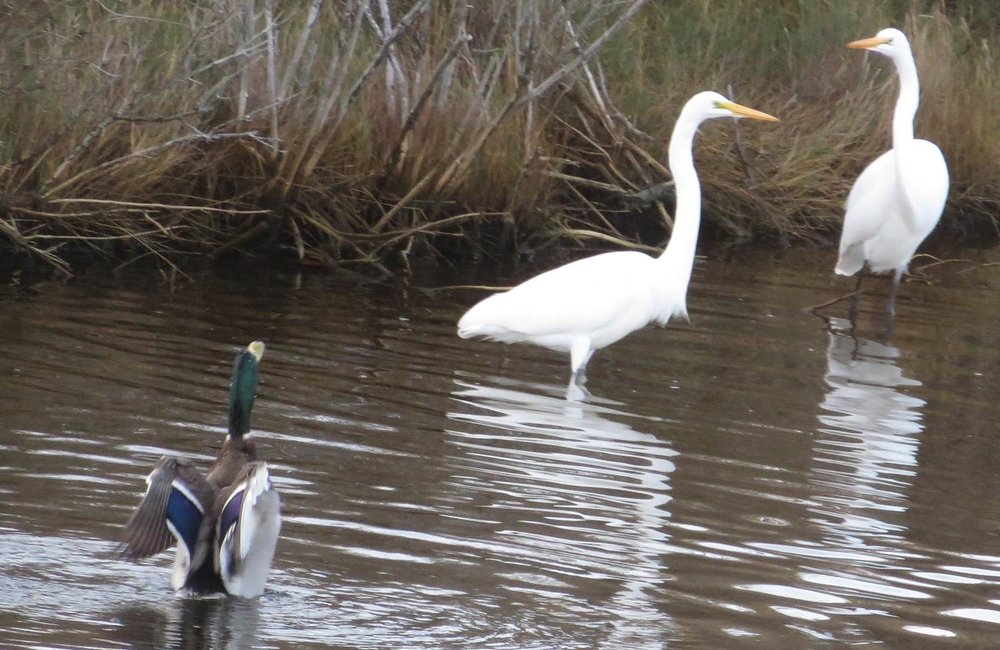
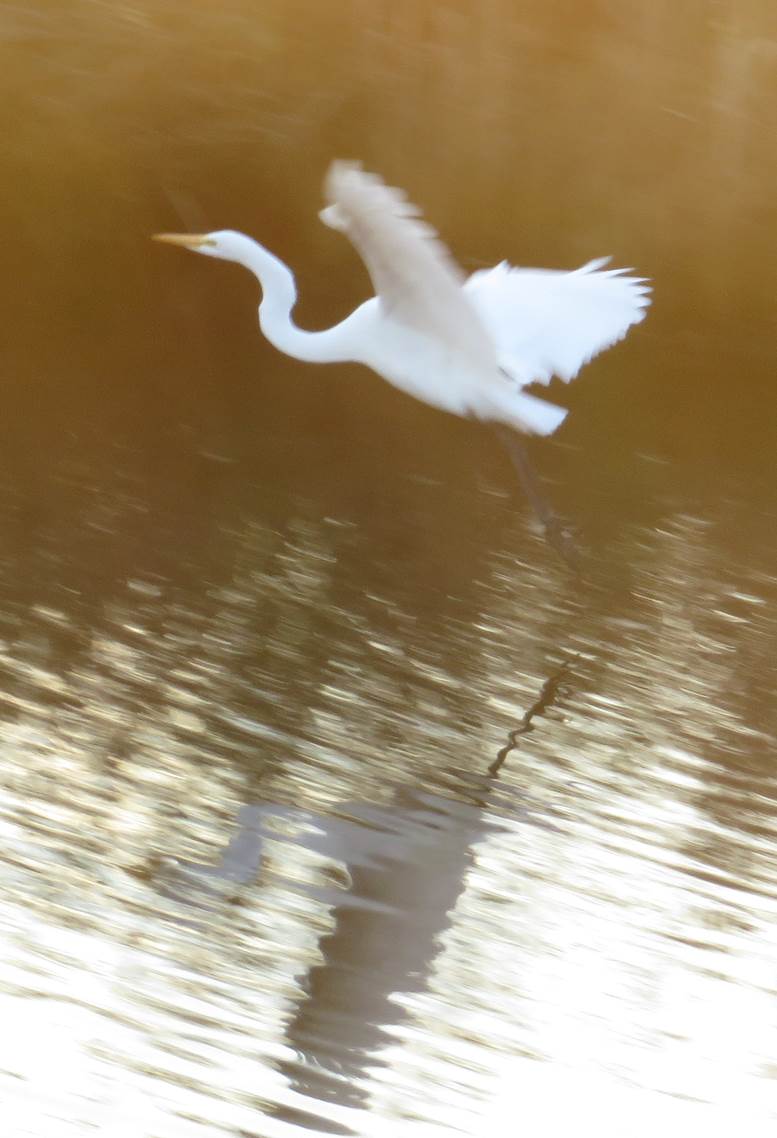 Right after the encounter one of the egrets flew off into the sunset. And that was the end to our egret observations at Chincoteague.
Right after the encounter one of the egrets flew off into the sunset. And that was the end to our egret observations at Chincoteague.

